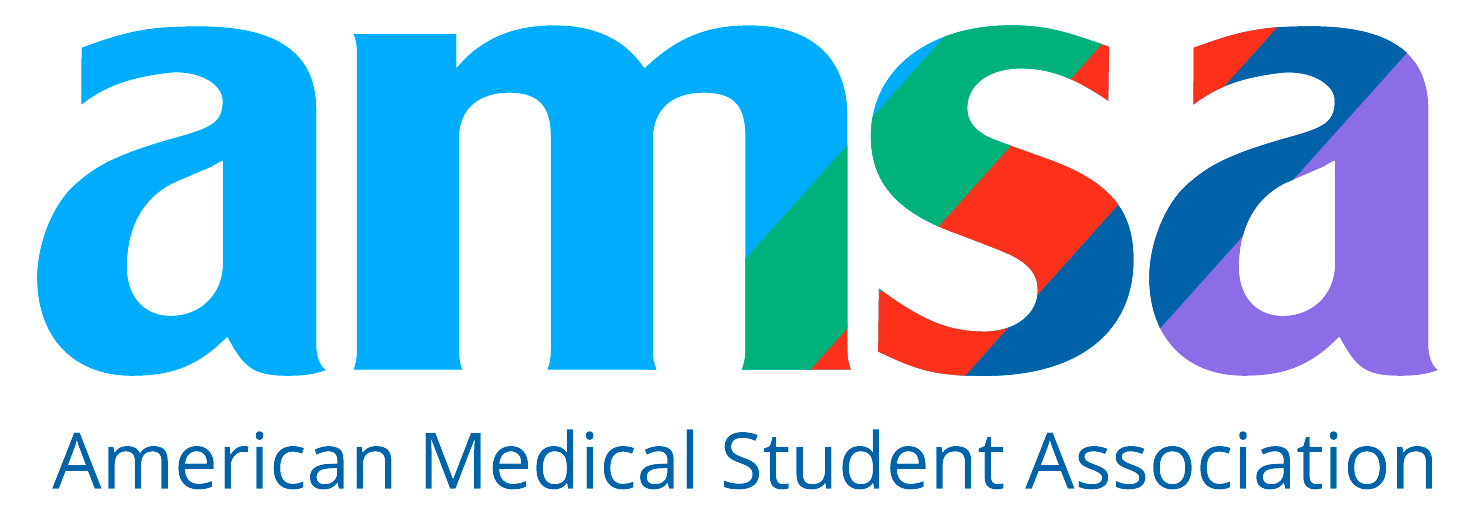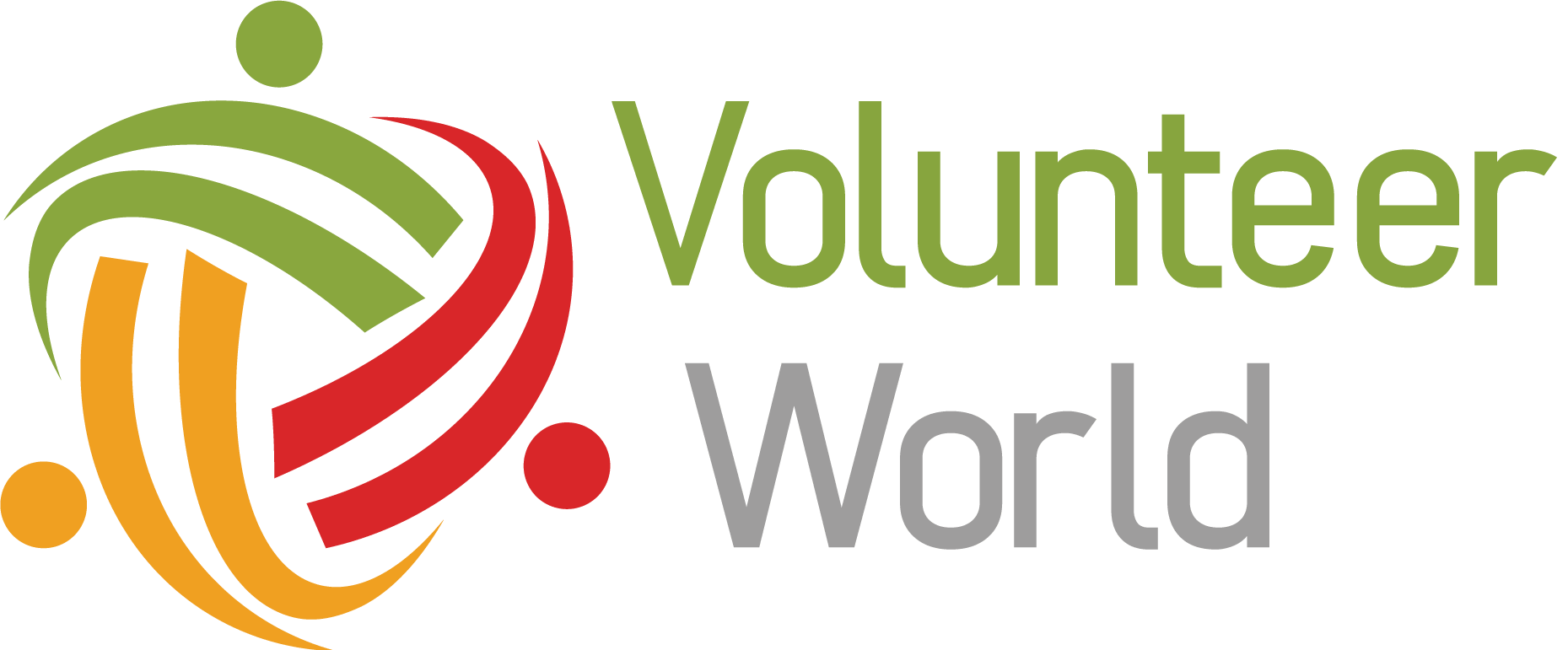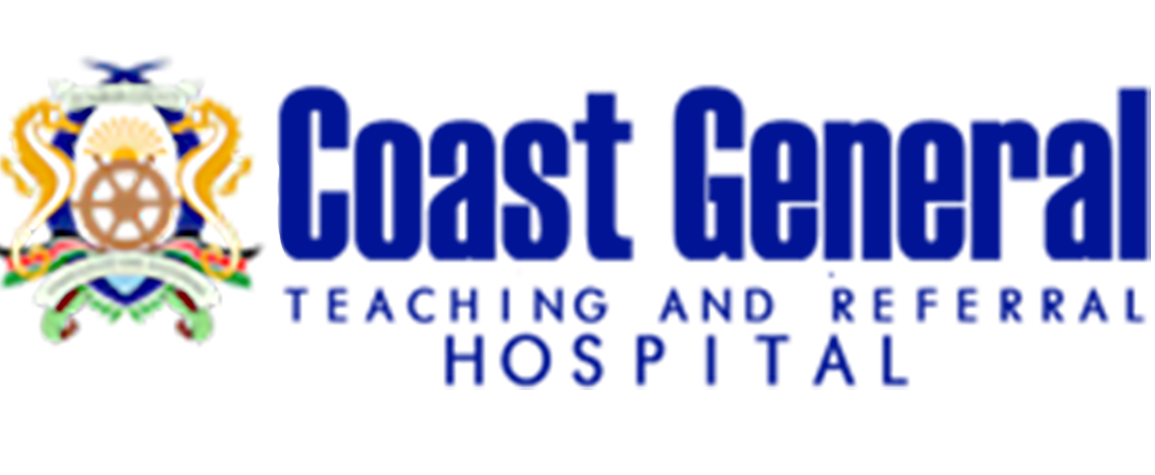Nurse Practitioner vs Physician Assistant in 2025: Key Differences and Career Insights
Go-Elective Abroad
Nurse Practitioner vs Physician Assistant in 2025: Key Differences and Career Insights
As the global healthcare landscape evolves, Nurse Practitioners (NPs) and Physician Assistants (PAs) are stepping into increasingly vital roles. While they share many responsibilities—including diagnosing illnesses, prescribing medication, and managing patient care—there are important distinctions in their education, scope of practice, and long-term career outlook.
If you’re considering a healthcare career and deciding between becoming a PA or an NP, this comprehensive guide breaks down everything you need to know.
> Explore Go-Electives Nursing and PA Internships Abroad
Educational Pathways: NP vs PA
Nurse Practitioner Education
To become a Nurse Practitioner, you’ll typically need:
- A Bachelor of Science in Nursing (BSN)
- A Registered Nurse (RN) license
- A Master of Science in Nursing (MSN) or a Doctor of Nursing Practice (DNP)
NP programs emphasize holistic, patient-centered care. Coursework includes advanced pathophysiology, health assessment, and pharmacology, along with hundreds of hours of clinical rotations. Many NPs specialize in family care, pediatrics, or mental health.
Physician Assistant Education
PA candidates pursue:
- A science-heavy undergraduate degree
- A Master’s-level PA program (typically 24–27 months)
The curriculum mirrors medical school and emphasizes disease pathology, diagnostics, and general medical treatment. PAs must complete over 2,000 clinical hours across specialties like surgery, emergency medicine, and internal medicine.
Practice Authority and Autonomy
Nurse Practitioner Autonomy
As of 2025, NPs enjoy full practice authority in 27 states and Washington D.C. This means they can diagnose, treat, and prescribe independently, without physician oversight. In rural and underserved areas, NPs often serve as primary care providers.
Physician Assistant Supervision
While PAs traditionally work under physician supervision, recent reforms have shifted many states toward collaborative agreements. These flexible models allow experienced PAs to practice with more independence, particularly in high-demand specialties.
Roles and Responsibilities in Patient Care
Both NPs and PAs:
- Diagnose illnesses
- Conduct physical exams
- Order and interpret lab tests
- Prescribe medications (varies by state)
- Offer preventive care and health education
However, NPs tend to focus on long-term, whole-patient wellness, often working in family practice or primary care, while PAs are trained for acute, procedure-based care, especially in surgical and hospital settings.
Specializations and Clinical Settings
- NP Specialties: Family Nurse Practitioner (FNP), Adult-Gerontology, Psychiatric Mental Health, Neonatal, Women’s Health
- PA Specialties: Orthopedics, Emergency Medicine, Cardiology, Dermatology, General Surgery
Both professions are essential to interdisciplinary care teams, and internship experience in these specialties can be gained through international opportunities like Go Elective’s nursing and PA internships in Kenya and Tanzania.
Program Costs and Financial Considerations
Nurse Practitioner Program Costs
- Average MSN program: $28,000–$79,000
- DNP programs at private universities: $100,000+
- Financial aid, scholarships, and federal loans (like Unsubsidized Direct Loans) are commonly used
Physician Assistant Program Costs (2025)
- Average total tuition: $95,000 (in-state) to $104,000 (non-resident)
- Some public programs may cost less, but private PA schools can exceed $120,000
Salary Comparison: NPs vs PAs in 2025
Based on the latest data from the U.S. Bureau of Labor Statistics (BLS) and AAPA:
- Nurse Practitioners
- Average annual salary: $128,490
- Median wage: $129,480
- High-paying states: California ($133,780), Alaska ($122,880)
- Physician Assistants
- Average annual salary: $130,490
- Median wage: $130,020
- High-paying states: Connecticut ($125,610), Alaska ($122,260), Washington (~$123,980)
Job Outlook and Workforce Trends
- NP employment is projected to grow by 40% from 2023–2033
- PA employment is expected to increase by 27–28% in the same period
These growth rates reflect rising demand for primary care providers, especially in aging and underserved populations.
Where Demand Is Rising Most
For NPs:
- High demand in: Florida, Texas, California, New York, Massachusetts
- Expanding presence in rural and community health initiatives
For PAs:
- Strong growth in: Montana, Connecticut, South Dakota, Hawaii
- Rising demand in surgical practices and outpatient clinics
NP vs PA: Which Career Should You Choose?
Your decision should be guided by:
- Interest in patient care style: Holistic (NP) vs Medical model (PA)
- Desire for autonomy: NPs often have more independence
- Work setting preference: PAs may lean toward procedural/surgical roles
- Educational background: NPs require prior nursing licensure
Both careers offer strong compensation, job stability, and the opportunity to make a difference. To help clarify your choice, consider gaining clinical exposure through a Go Elective global internship in real-world settings.
Final Thoughts
Whether you pursue the path of a Nurse Practitioner or Physician Assistant, the future is bright. These careers are central to modern healthcare delivery and your decision will ultimately depend on your preferred approach to patient care, career flexibility, and educational journey.
Still deciding? A hands-on clinical internship abroad can give you first-hand insight into primary care, specialty rotations, and community health in a global setting—ideal for students preparing to enter either profession.
Article Details
Categories
Recent Articles , Nursing Internships, PA Internships,
Author: Go-Elective Abroad
Date Published: Sep 7, 2025
Travel with us.
Inquire Today!
Go Elective offers immersive opportunities for medical students, pre-med undergraduates, residents, nursing practitioners, and PAs to gain guided invaluable experience in busy hospitals abroad. Discover the power of study, travel, and impact.






